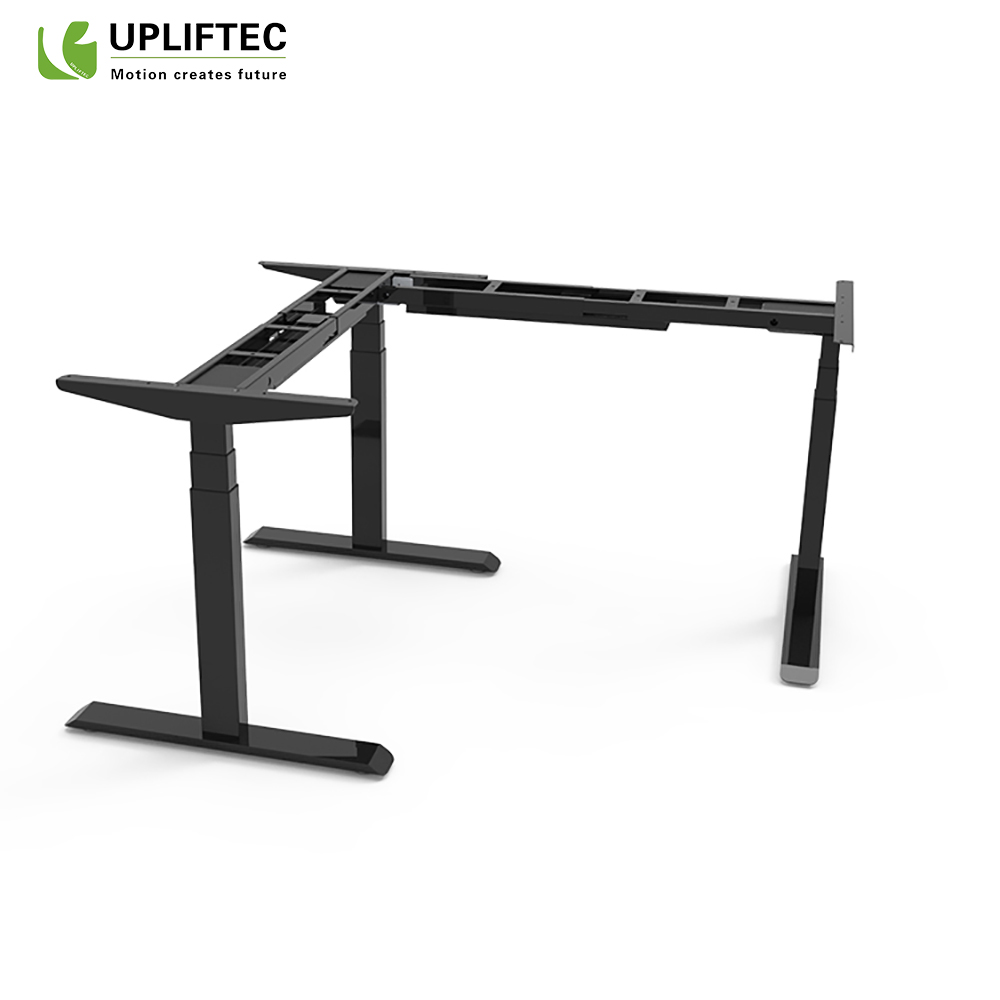Whether it is textile production or trade, the identification and quantification of textile fibers is often the first concern. What raw materials are used and what is the input ratio of raw materials are often the primary parameters of organizational production. In trade, in order to prevent fraud, it is especially necessary to list the products. The compulsory standard GB5296.4-1998 ("Consumer Products Instructions for Use of Textiles and Clothing") refers to FZ / T01053-1998 ("Textile Fiber Content Marking"), which makes the latter mandatory as well, thereby making textile fibers Identification and quantification are important in many testing projects.
In the identification and quantification of fibers, traders should pay attention to:
(1) The fiber content is expressed as a percentage of the total fiber content in the finished product, not the ratio of the raw materials used during product weaving. Because after various processes such as textile printing and dyeing, the loss of different fibers is not exactly the same. In addition, from the market inspection and random inspection, the fiber content also refers to the finished products sold.
(2) The identification method of fiber content has different expressions in different industries: the wool textile industry calculates the fiber content in combination with the public moisture regain; the cotton textile industry determines the fiber content according to the dry weight of the fiber. In addition, for the blended products of cashmere, wool, cotton and hemp with the same properties, the content is measured with a microscope, and the result is the non-dry weight and non-public moisture content. In order to prevent exceeding the tolerance, customers should pay attention to the conditions indicating the fiber content when commissioning testing and making hang tags.
(3) There are two methods for identifying the fiber content of two or more types of fiber blended and interwoven products: one is listed in descending order of fiber content; the other is natural fibers first (according to cashmere (cashmere, camel wool) ), Wool, rabbit hair, silk (mulberry silk, tussah silk), hemp (linen, ramie, jute, hemp), cotton), chemical fibers (after polyester, nylon, acrylic, viscose, spandex, polypropylene, copper) Ammonia, acetate). The following two standard methods are available, for example:
(I) Viscose 30% (II) Wool 25% Wool 25% Rabbit hair 10% Polyamide 20% Polyester 15% Polyester 15% Polyamide 20% Rabbit hair 10% Viscose 30%
(4) The tolerance range of the fiber content is generally controlled as follows: within ± 1.5% is normal, and greater than ± 5% is beyond the limit. Between 1.5% and 5.0%, whether it exceeds the limit depends on the product raw materials and specific varieties, please refer to FZ / T01053-1998 "Marking of Textile Fiber Content".
L Shaped Standing Desk Corner Computer Standing Desk for Home Office
This L-shaped standing desk offers a sleek modern design crafted with durable steel .Made of a large desktop in 3 pieces, the desk can help expand the space effectively and complement any room even for a small room. Safety round corner design with Height Adjustable Desk.
Anti-collision feature. Our 3 stages corner l-shaped desk legs have strong steel design, quiet operation and precise movement.Personalized Ergonomic Desk. Use the remote to program up to 4 memory positions. 3 stage height corner desk frames allow comfortable stand up work even for tall people
Compare with similar items.

L Shape Standing Desk,Standing Desk L Shape,L Shaped Desk,L Shape Office Desk,L Shaped Corner Large Desk
Suzhou Uplift Intelligent Technology Co., Ltd , https://www.officeliftdesk.com